Hanoi: Entering a place where thousands of mosquitoes are raised to find "weapons" to prevent dengue fever ( Video : Minh Nhat - Thuong Huyen).
According to the Hanoi Center for Disease Control (CDC), last week (from October 17 to October 24), the city recorded 392 cases of dengue fever in 104 wards and communes.
According to Dr. Nguyen Van Dung, Head of the Department of Entomology, Central Institute of Malaria - Parasitology - Entomology, Hanoi is one of the localities with complicated dengue fever developments, currently in the peak epidemic stage.
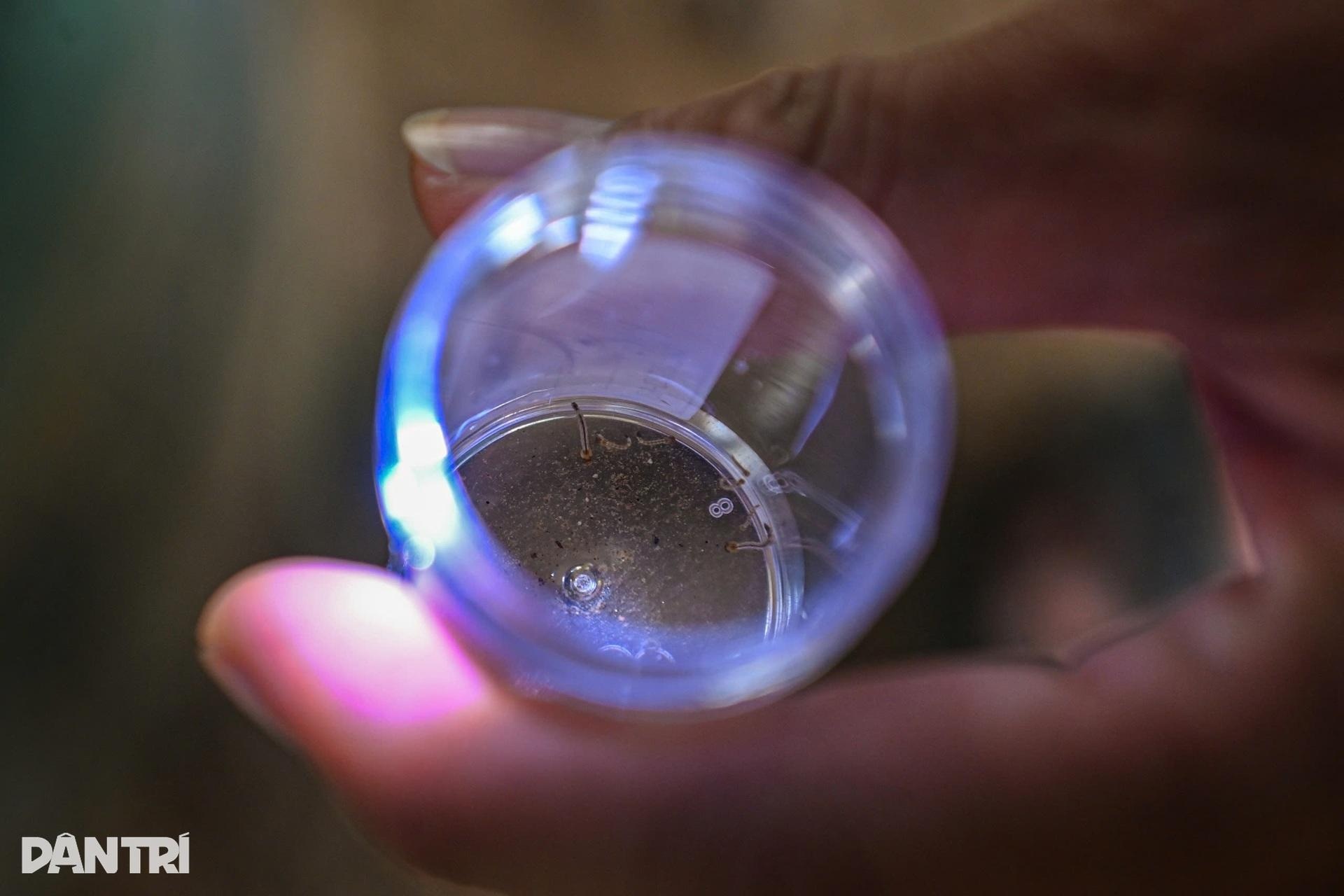
In addition to routine sampling, when new outbreaks appear in the city, officers from the Entomology Department will go to the site to collect samples to serve epidemic prevention.
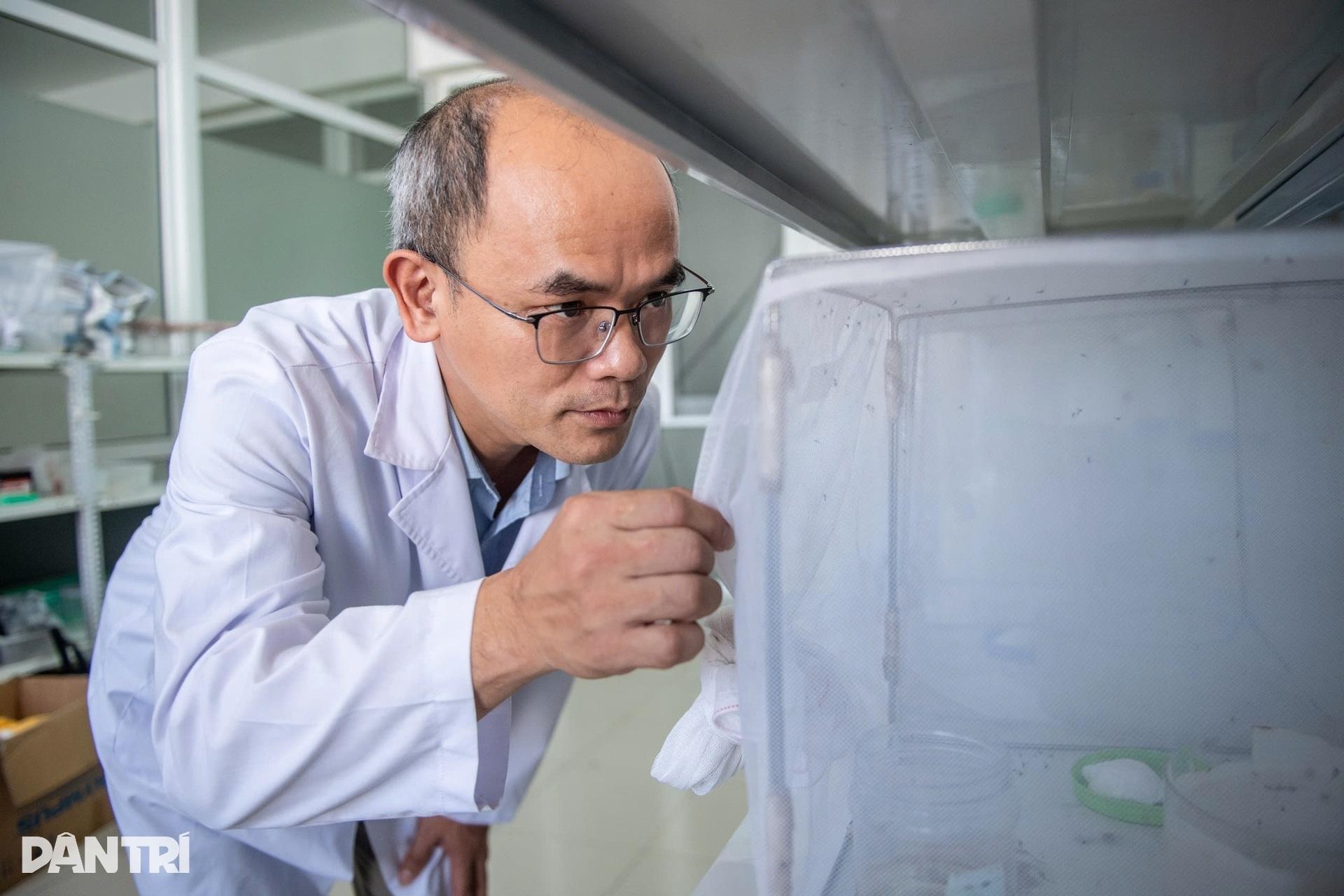
“In a normal outbreak, we will investigate and collect samples within a 200m radius from the patient’s home. We will collect samples at a minimum of 30 homes and up to 100 homes. Each sampling team usually has about 4 staff from the department and coordinates with staff from the Hanoi Center for Disease Control and the Health Stations of the communes and wards,” said Dr. Dung.

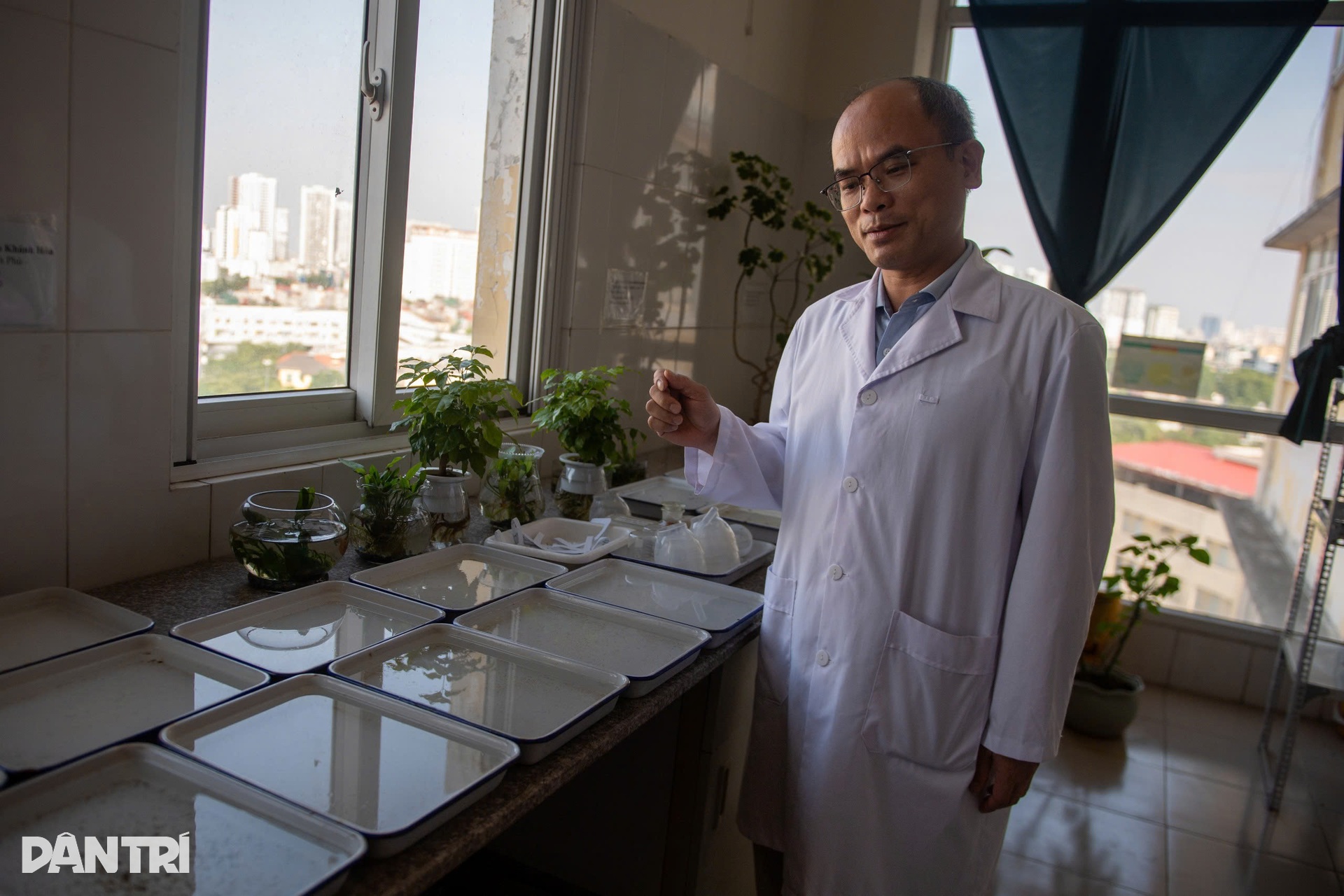
The mosquito breeding area is divided into two separate areas, one area specializes in breeding field-collected mosquitoes, the other area specializes in breeding laboratory-bred mosquitoes. The two areas are completely isolated.
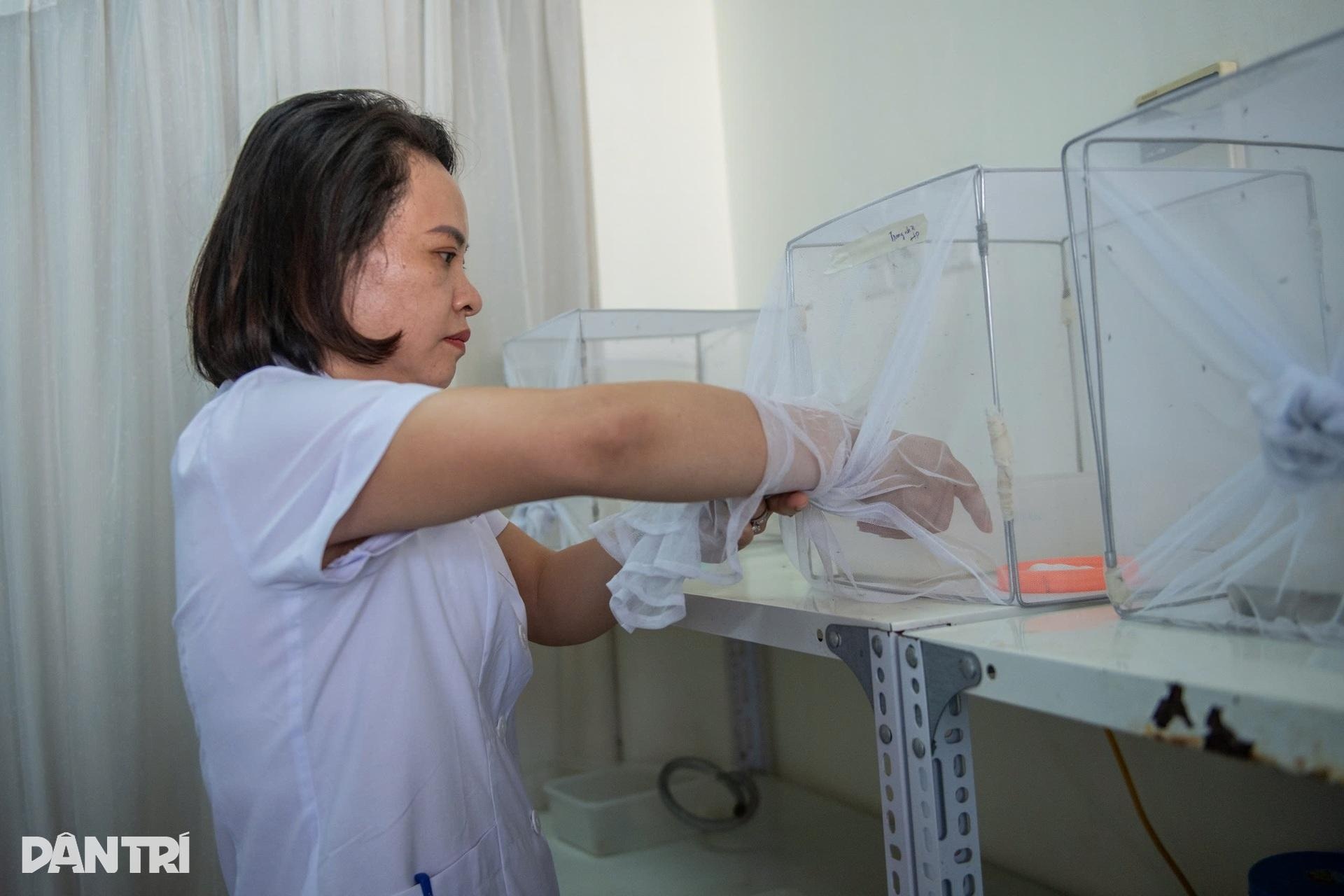
Live mosquito larvae samples recently collected in the Hai Ba Trung area (Hanoi) were carefully placed in a cage by department staff.
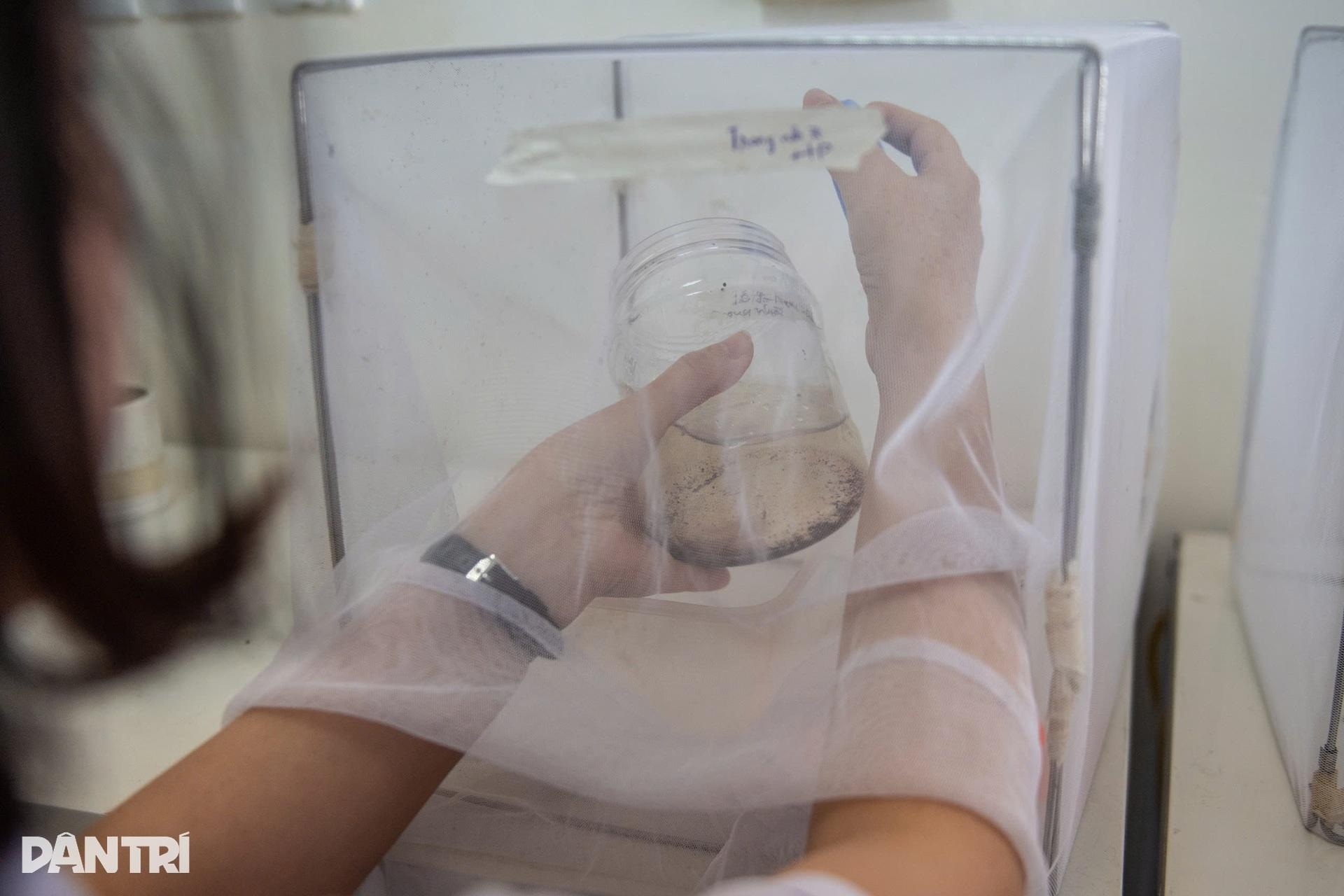
Each cage is covered with a mosquito net. According to Dr. Dung, it is necessary to isolate very carefully, besides to avoid losing samples, but also to prevent the risk of transmitting viruses and pathogens from field larvae to mosquitoes in the laboratory (because Aedes mosquitoes still have the ability to transmit vertically).
It takes about 1-2 weeks for field collected larvae to develop into mosquitoes.
According to Dr. Dung, each type of mosquito larvae will be fed with different food. Some types need homemade food, some can be fed with aquarium fish food or cat and dog food.
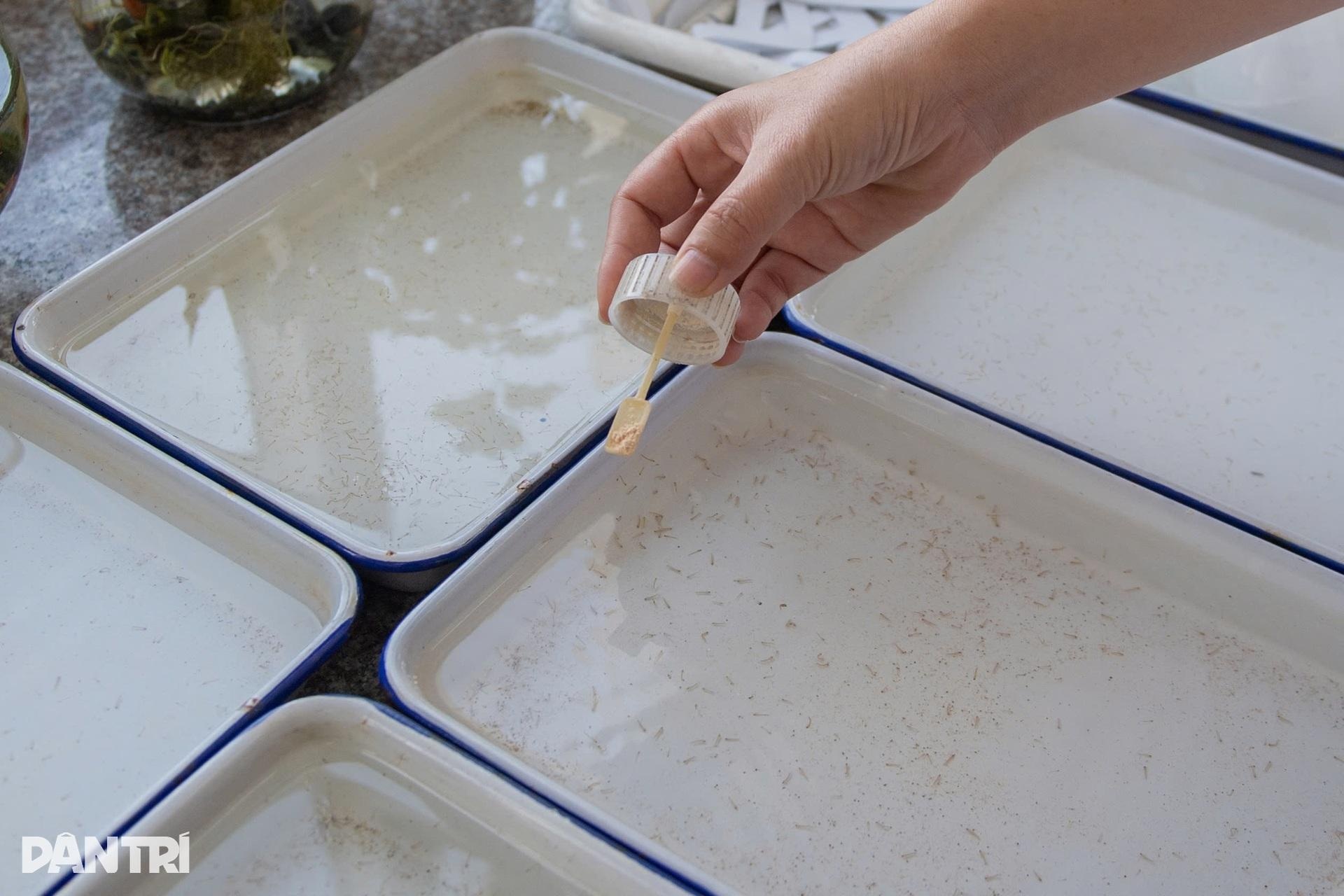
Faculty staff feed larvae in the experimental breeding area according to schedule.
Larvae are fed twice a day. “Unlike dogs and cats, which wag their tails when full, with larvae we have to calculate the appropriate amount of food based on a standard formula combined with experience,” a department staff member shared.

The cages containing the collected larvae samples were filled with mosquitoes. According to Dr. Dung, these were 1-2 day old mosquitoes.
When a larva hatches into mosquitoes, the male mosquito always hatches first so that when the female mosquito hatches, it will have the best fertilization quality.
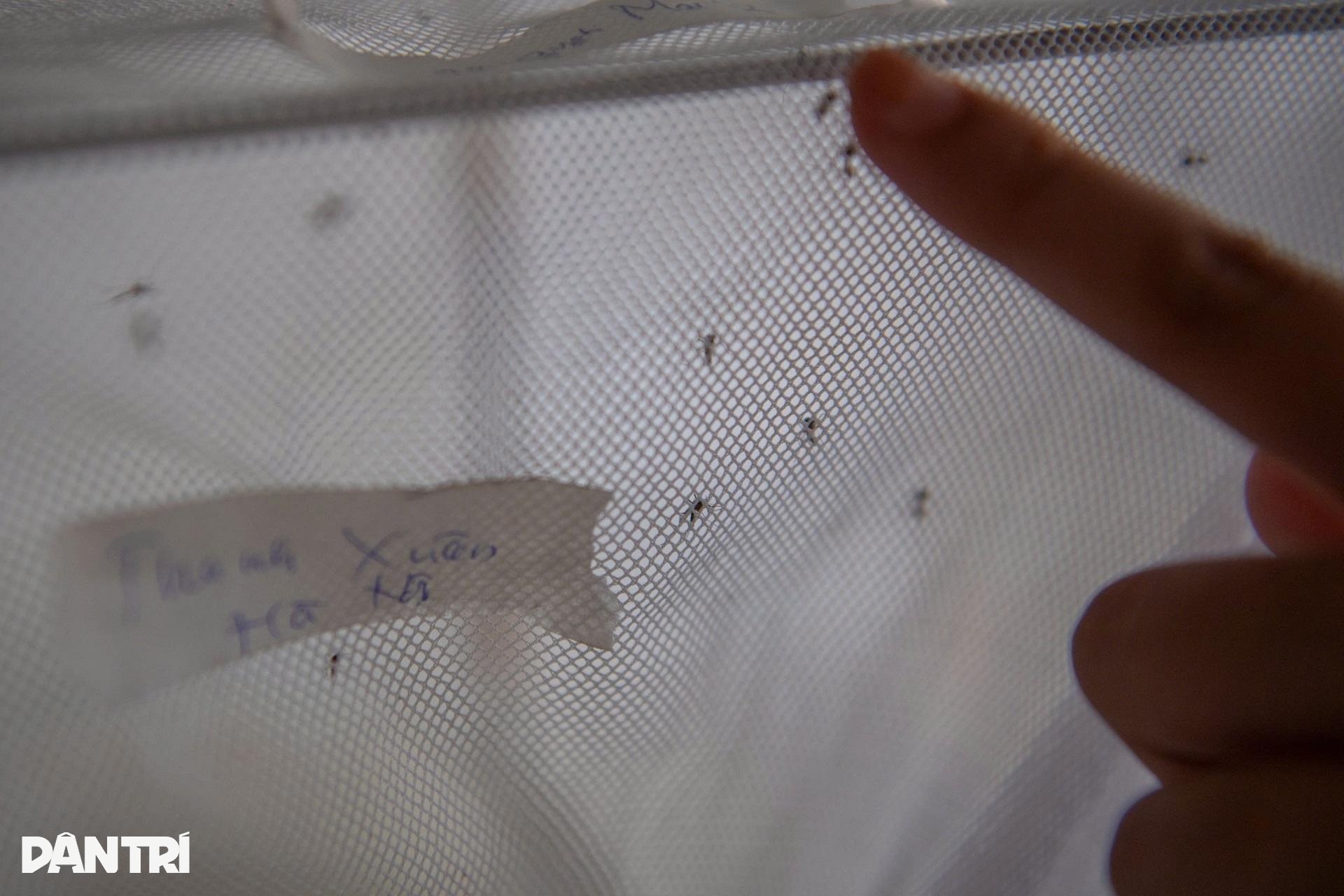
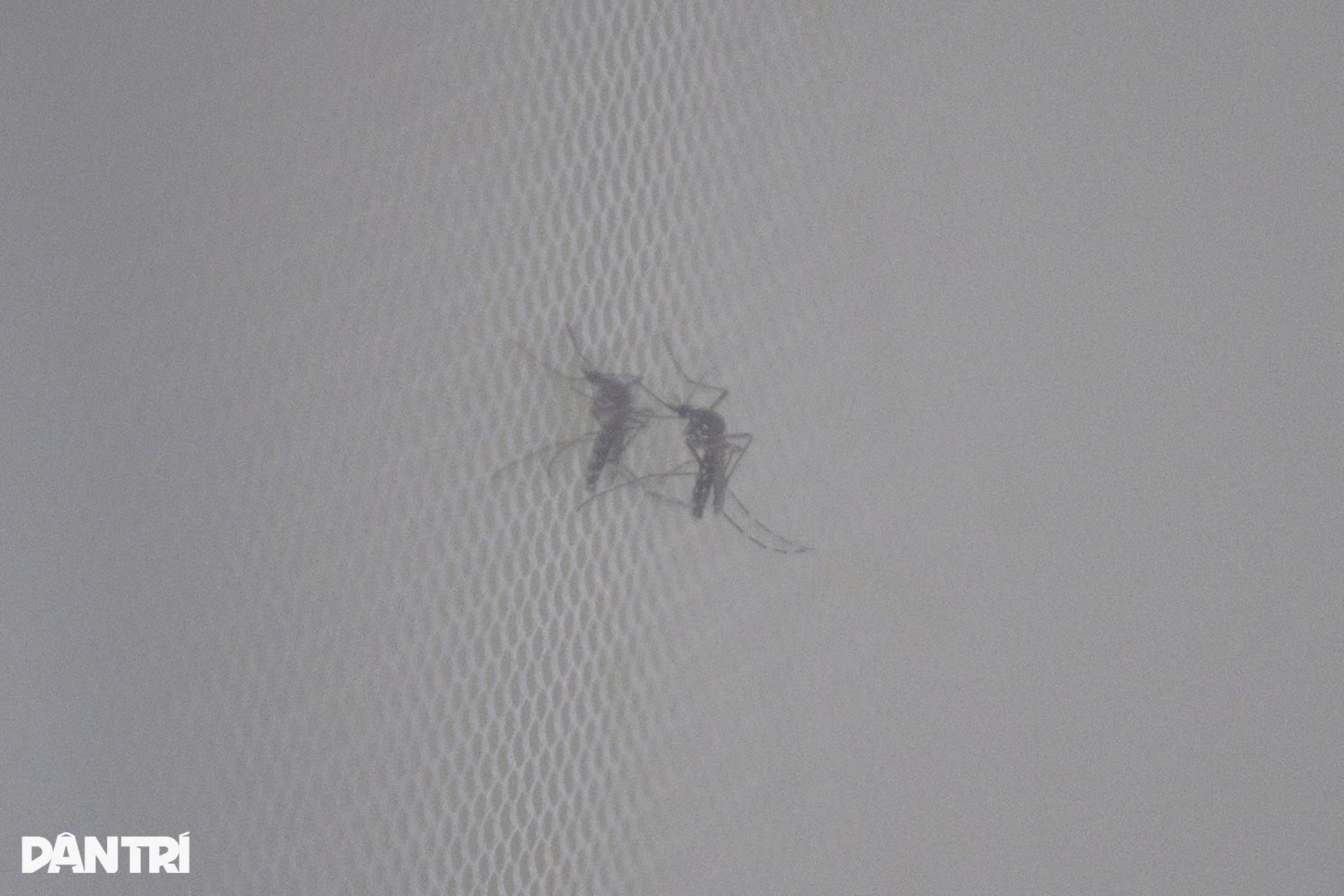
Each cage should have about 50 mosquitoes and a maximum of about 100 is best. The higher the ratio of male mosquitoes in a cage, the higher the chance of the eggs hatching into mosquitoes.
From these larvae and mosquito samples, the Institute's experts can conduct many important studies to serve the work of disease prevention.
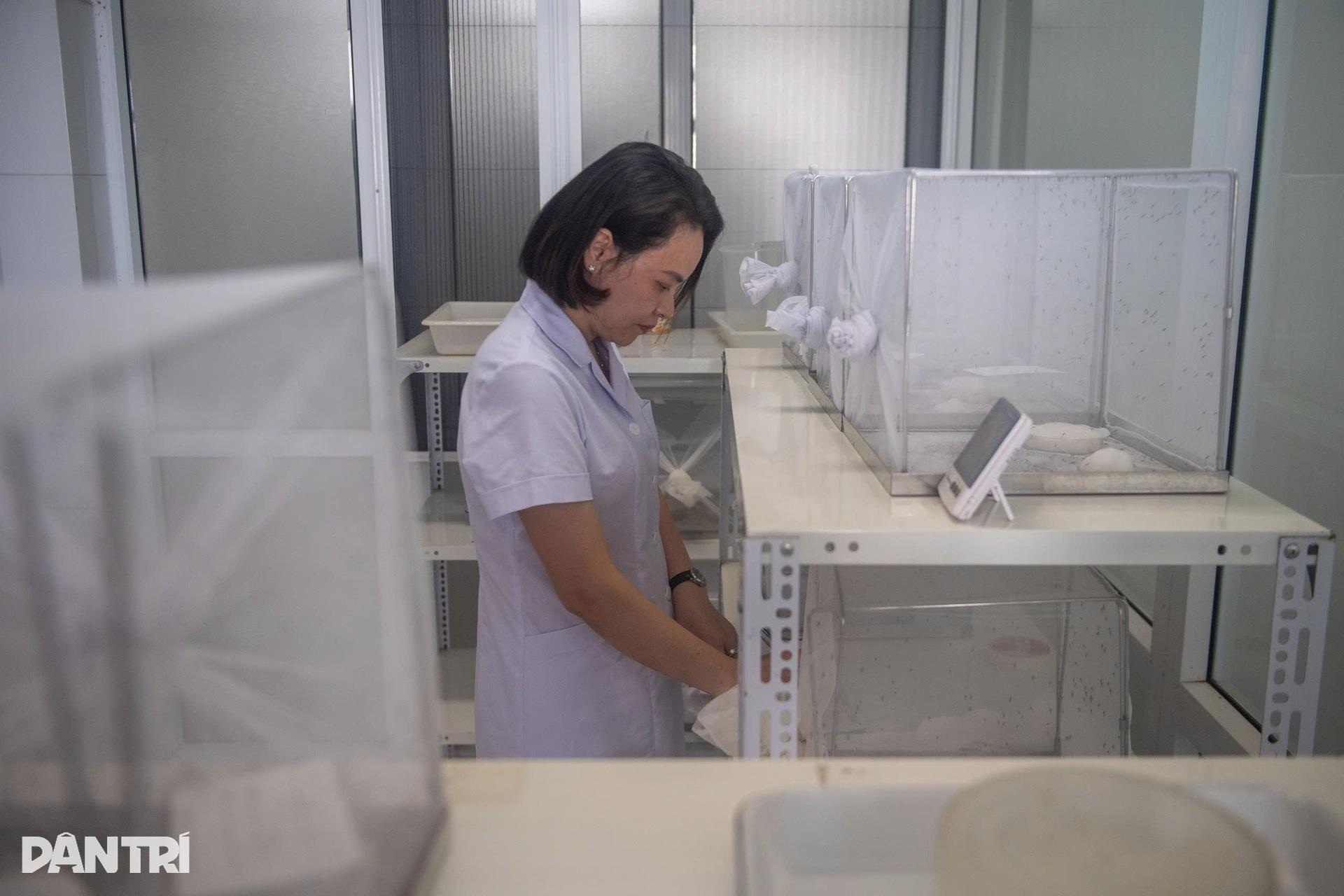
First of all, study the species composition. From the collected larvae samples, it is possible to determine which mosquito species are present in that locality.
Adult mosquitoes can be put into a chemical testing lab to see which insecticides are most effective on them. From these results, the local authority will have a plan to choose the appropriate chemical for spraying to kill mosquitoes.
“Here we study mosquito-borne diseases, focusing on malaria, dengue fever, Chikungunya, Zika…”, Dr. Dung informed.
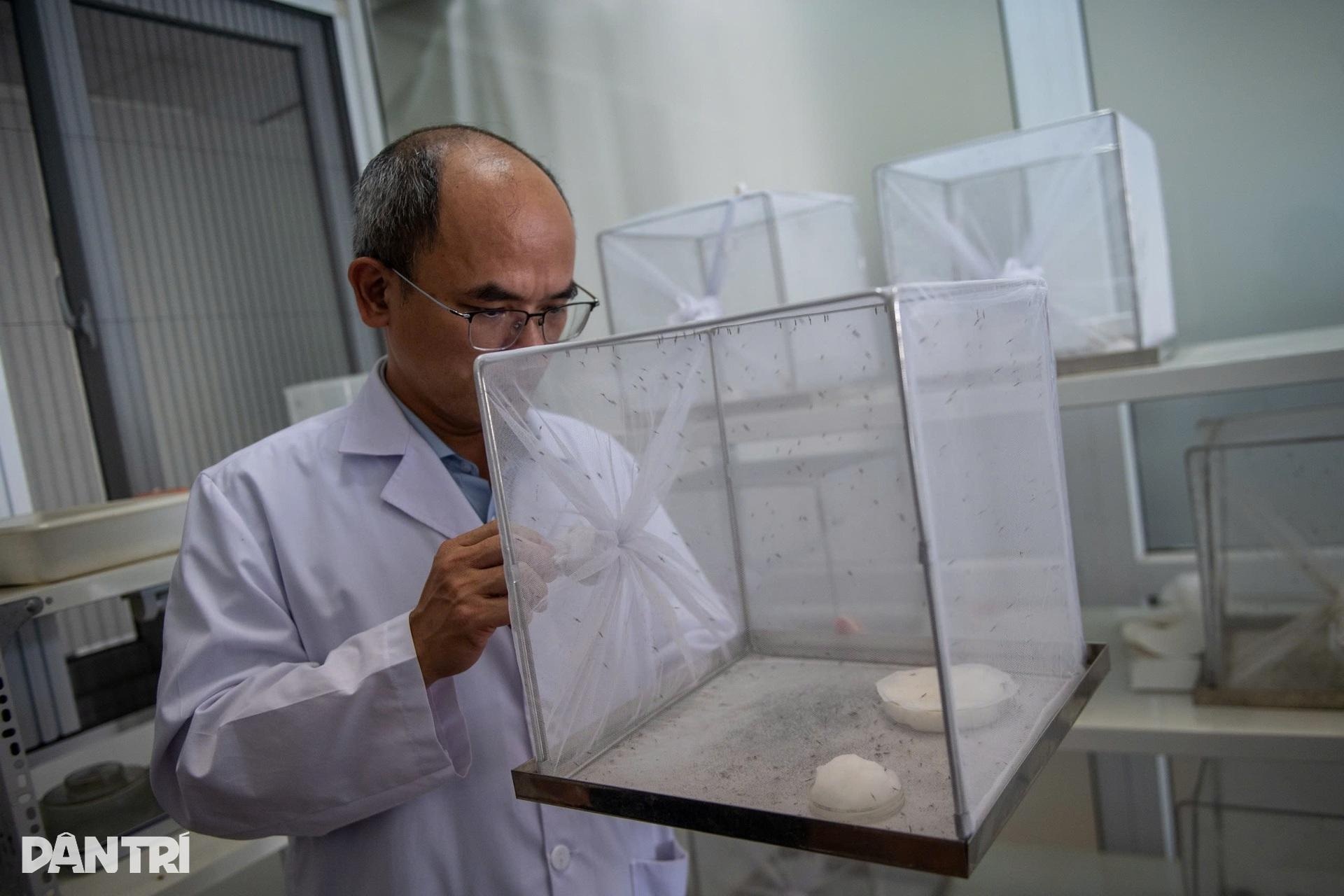
Also through observation, experts can determine the biological and ecological habits of mosquitoes to develop prevention strategies, such as whether that type of mosquito usually rests indoors or outdoors, where it sucks blood, and its resting substrate.
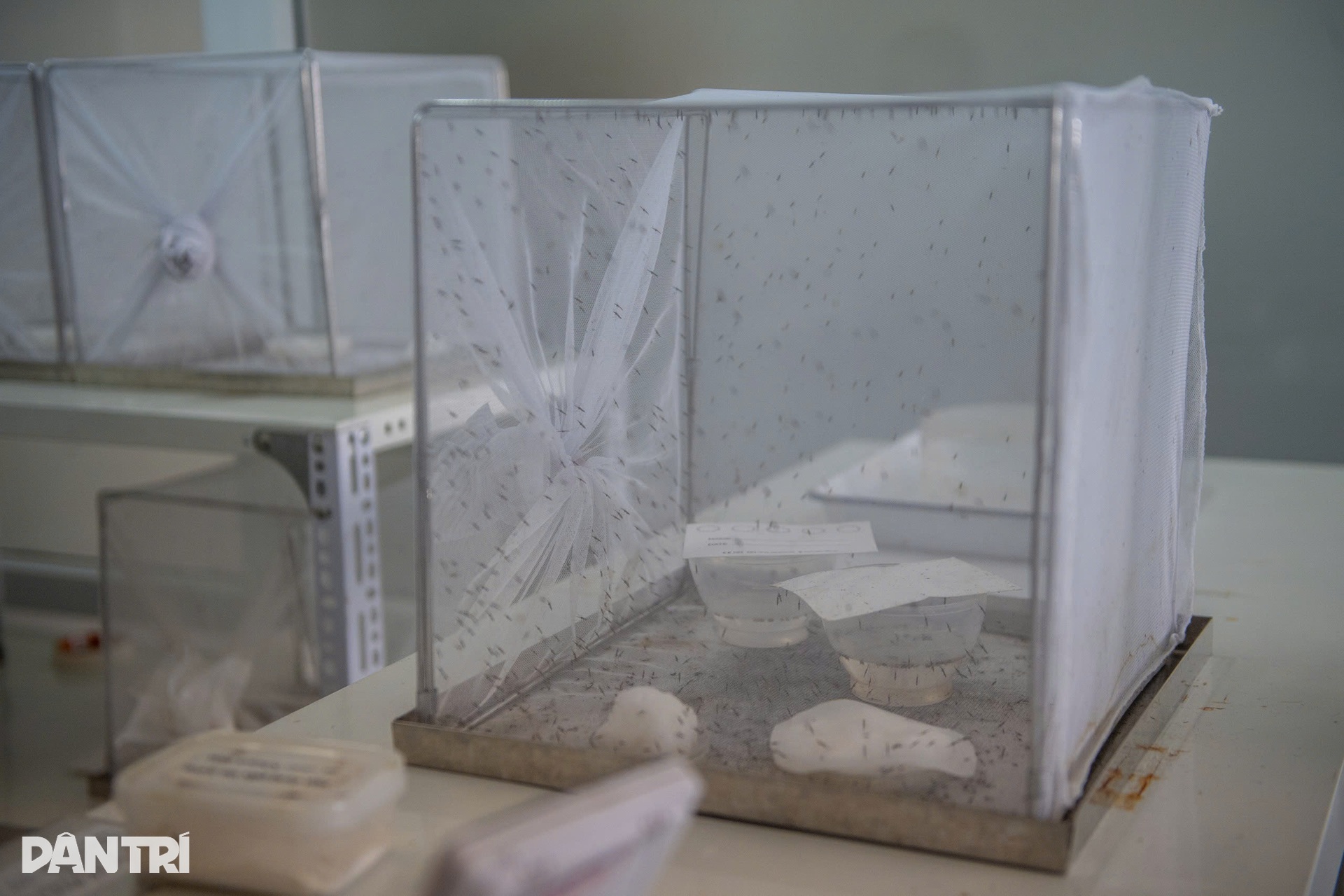
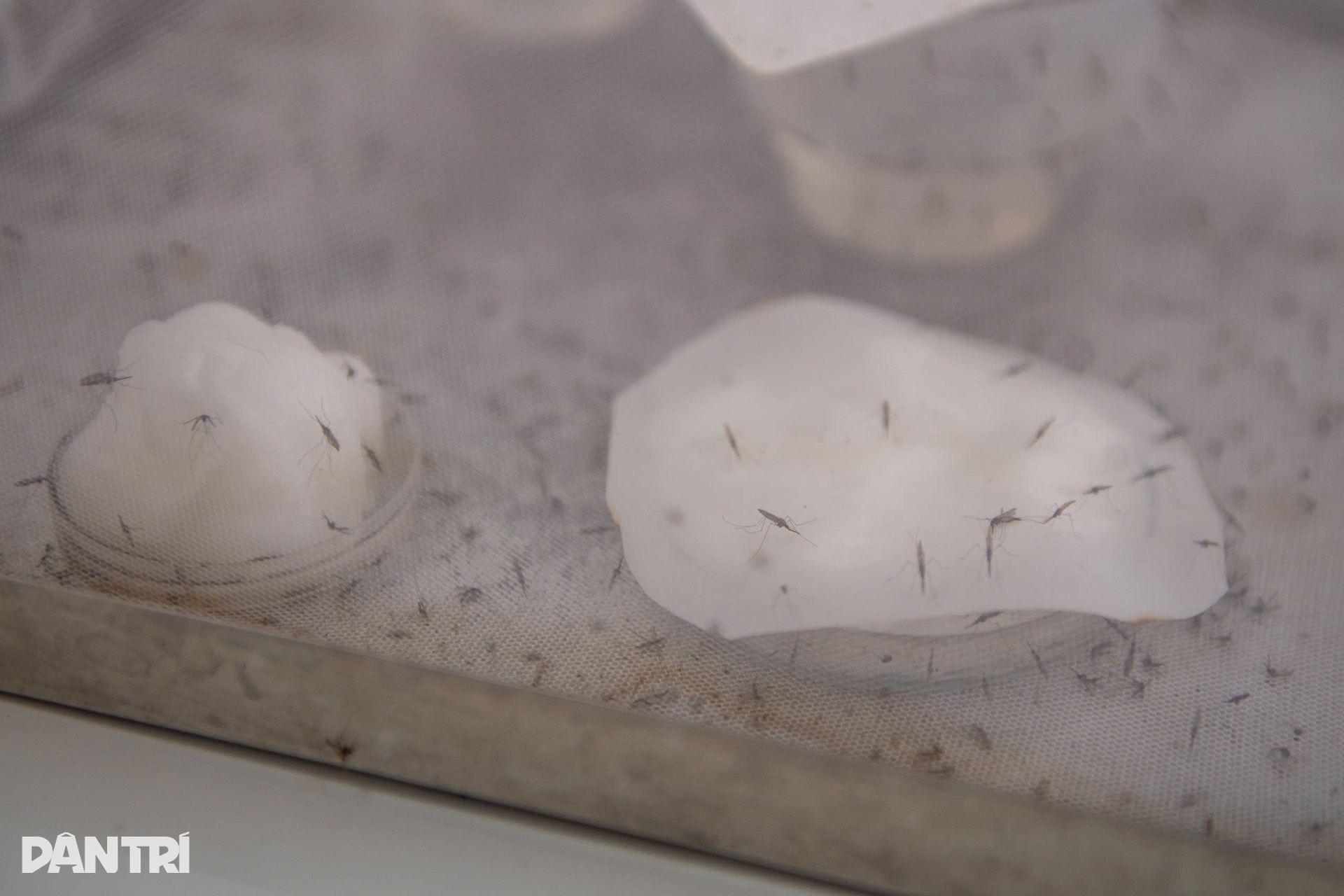
“For example, with mosquitoes that do not rest indoors or on walls, indoor residual spraying will not be effective,” Dr. Dung analyzed.
According to this expert, the climate has changed a lot, the weather is getting hotter, winters do not last long, and temperatures do not drop as low as before, so Aedes mosquitoes can develop almost all year round.
“Currently, dengue fever does not progress in a 4-5 year cycle like before, so we should not be subjective in any circumstances. It must be emphasized that, in the case of dengue fever, the role of the people is especially important.
No larvae, no dengue fever. The chemicals only kill the adults at that time. If the larvae are still there, they will hatch a few hours later and start a new cycle of attacking humans,” Dr. Dung emphasized.
Source: https://dantri.com.vn/suc-khoe/ha-noi-vao-noi-nuoi-hang-nghin-con-muoi-tim-vu-khi-chan-sot-xuat-huyet-20251029071126918.htm




![[Photo] Flooding on the right side of the gate, entrance to Hue Citadel](https://vphoto.vietnam.vn/thumb/1200x675/vietnam/resource/IMAGE/2025/10/28/1761660788143_ndo_br_gen-h-z7165069467254-74c71c36d0cb396744b678cec80552f0-2-jpg.webp)

![[Photo] National Assembly Chairman Tran Thanh Man received a delegation of the Social Democratic Party of Germany](https://vphoto.vietnam.vn/thumb/1200x675/vietnam/resource/IMAGE/2025/10/28/1761652150406_ndo_br_cover-3345-jpg.webp)
![[Photo] Prime Minister Pham Minh Chinh chaired a meeting to discuss solutions to overcome the consequences of floods in the central provinces.](https://vphoto.vietnam.vn/thumb/1200x675/vietnam/resource/IMAGE/2025/10/29/1761716305524_dsc-7735-jpg.webp)
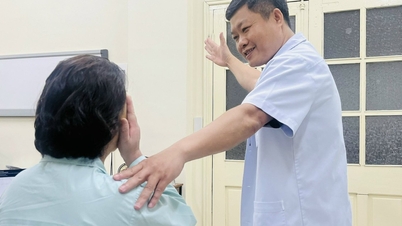

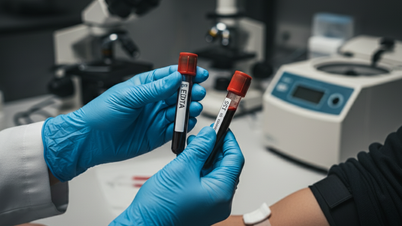


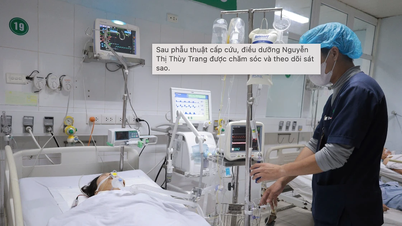






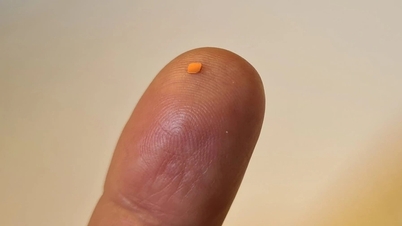


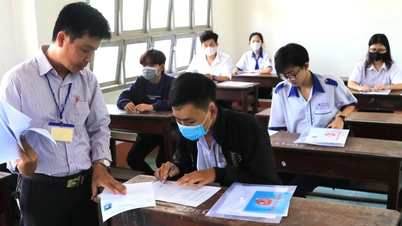


![[Photo] Draft documents of the 14th Party Congress reach people at the Commune Cultural Post Offices](https://vphoto.vietnam.vn/thumb/1200x675/vietnam/resource/IMAGE/2025/10/28/1761642182616_du-thao-tai-tinh-hung-yen-4070-5235-jpg.webp)







































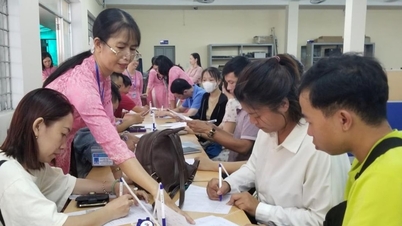


















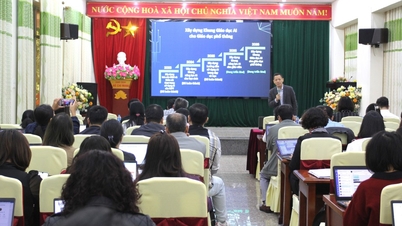
















Comment (0)